Garmin Vivosport review
The Garmin Vivosport is a fitness band with the fitness credibility of a larger runner’s watch. It has GPS, it has a heart rate sensor, it even has an altimeter and shares an app with the Garmin Forerunner 935.
That's a lot of top-end technology that's being crammed into fitness band - but be warned. This may sound impressive, but Garmin has actually made a device just like this before. The Vivosport is very similar to the Garmin Vivosmart HR+. So similar we had to be extra careful to dig out the differences to make sure it’s the new model we should recommend.
So what's actually different here? Well, you get more battery, a slimmer band, a design that's touch-focused and more high-end features like VO2 Max reading and stress testing. But does that make the Vivosport a worthy upgrade?
Garmin Vivosport price and availability
- Out now
- Costs around £160/$160/AU$300
The Garmin Vivosport is out now and initially it may seem expensive. It retailed at launch for around £160/$160/AU$300 online, which is a high price for a device that looks like a normal fitness band.
It's not one, of course. If a step tracker is all you need, you might as well save your money and get a Vivosmart 3 instead.
The Vivosport’s real rivals are bands like the Fitbit Surge and Samsung Gear Fit 2 Pro. If you saw all three on one wrist, the Garmin's initial appeal would be obvious: it's small and unobtrusive for a tracker with its features.
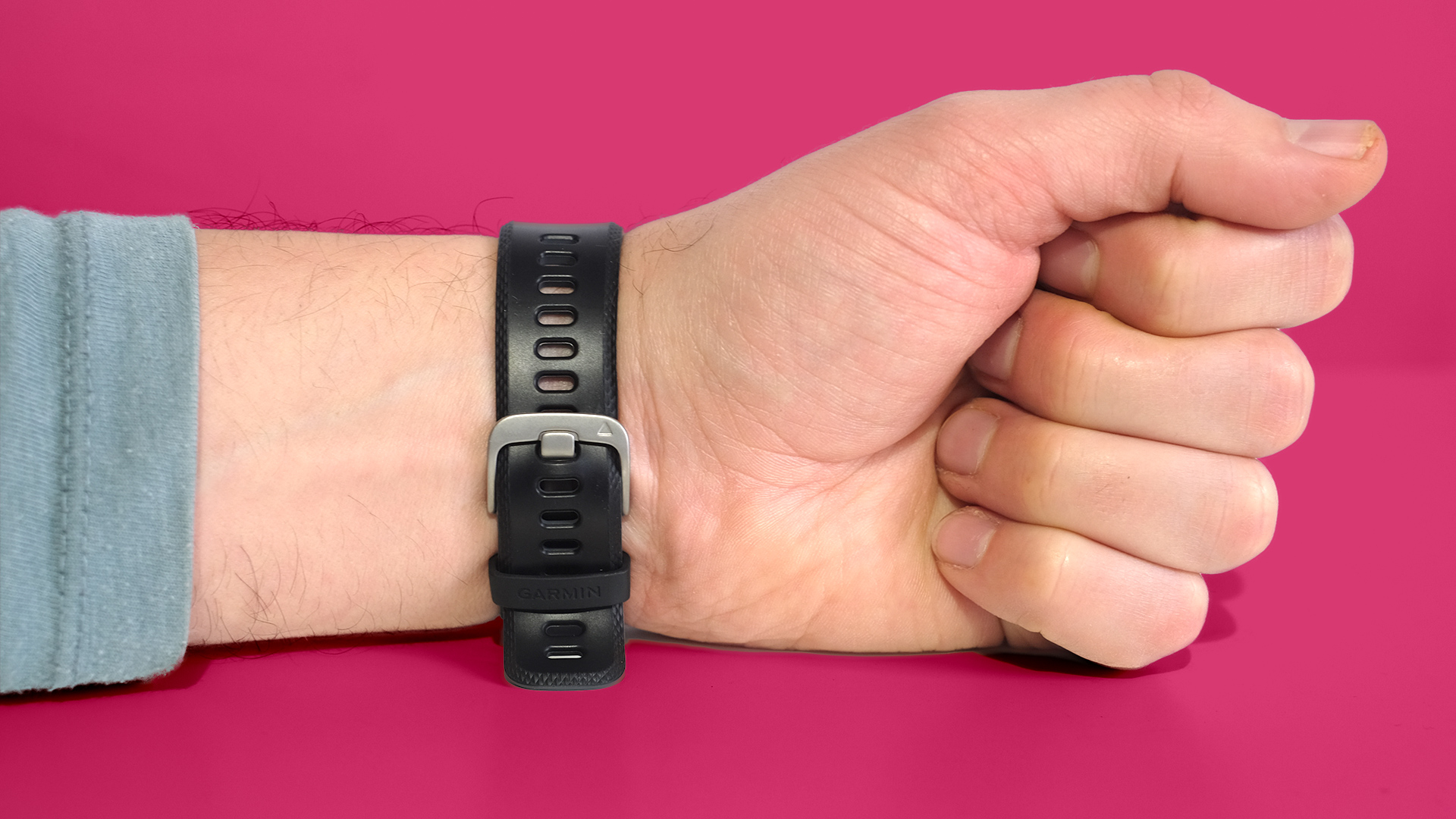
Design and display
- Dull but compact design
- Reasonable color screen
We’ve used a handful of Garmin fitness bands that look a lot like the Garmin Vivosport over the last couple of years. This shows the blueprint works, but also makes you realize how weak a visual identity these bands have compared to some of Fitbit’s.
The Vivosport is a dark grey rubbery band, in which a small rectangle of screen sits, bordered by a strip of black. Unlike Samsung’s techy fitness bands, the screen doesn’t dominate the front. And to our eyes, the Fitbit Alta looks more stylish.
Garmin didn’t make the Vivosport as a fashion statement. We hope it didn’t: this isn’t one.
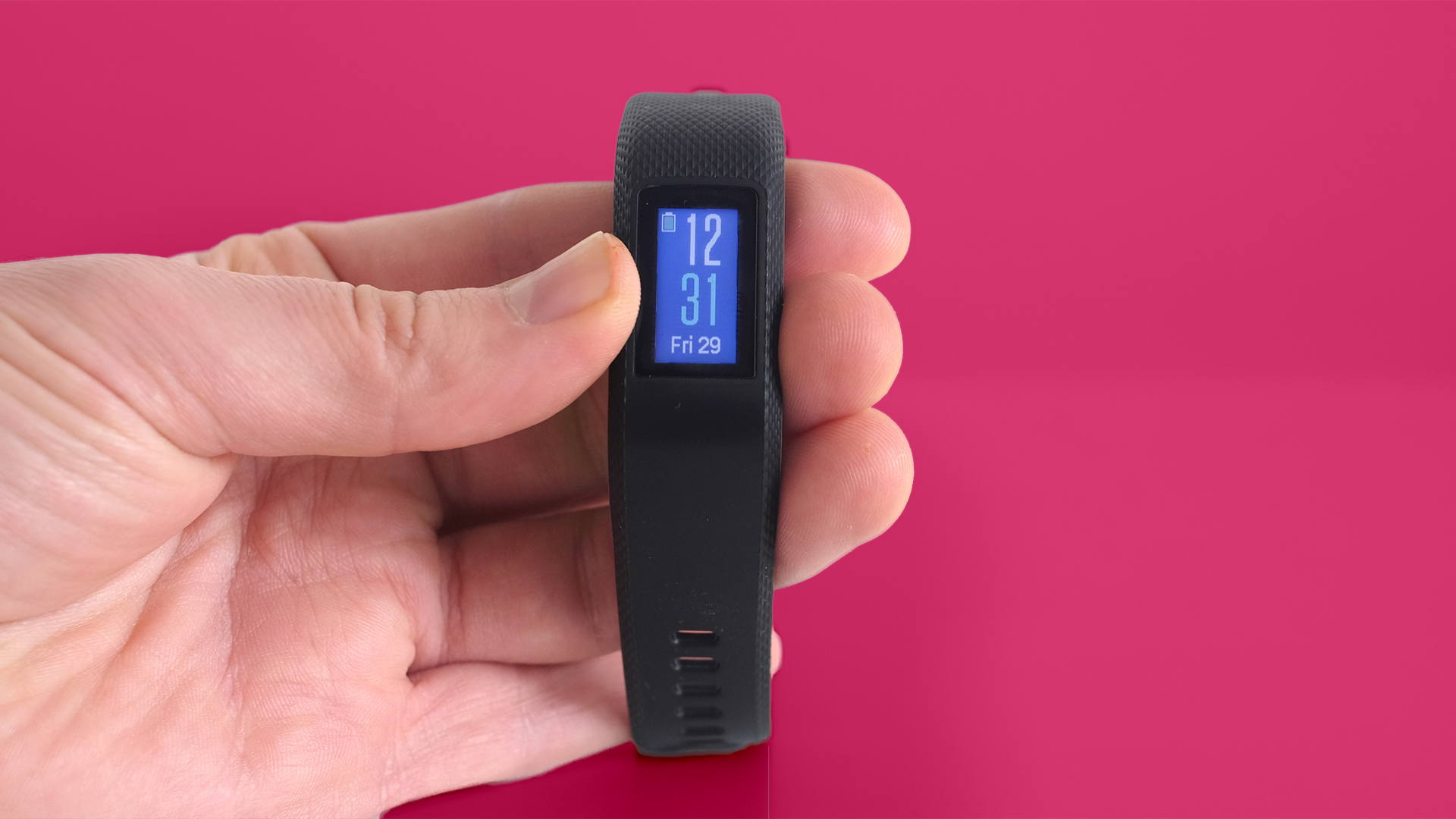
However, there have been some positive changes since the Vivosport’s predecessor, the Vivosmart HR+. The band is now a little slimmer, and the button below the screen has gone.
Best of all, the Vivosport display is color. The Vivosmart HR+’s is monochrome. A device like this, which doesn’t have apps as such, only has so many uses for color, but it certainly makes watch faces look more interesting, and injects a little much-needed fun.
The display is of the kind Garmin uses for just about all of its fitness devices. This is a 72 x 144 transflective memory-in-pixel screen. Beyond the imposing name, it has a few important characteristics.
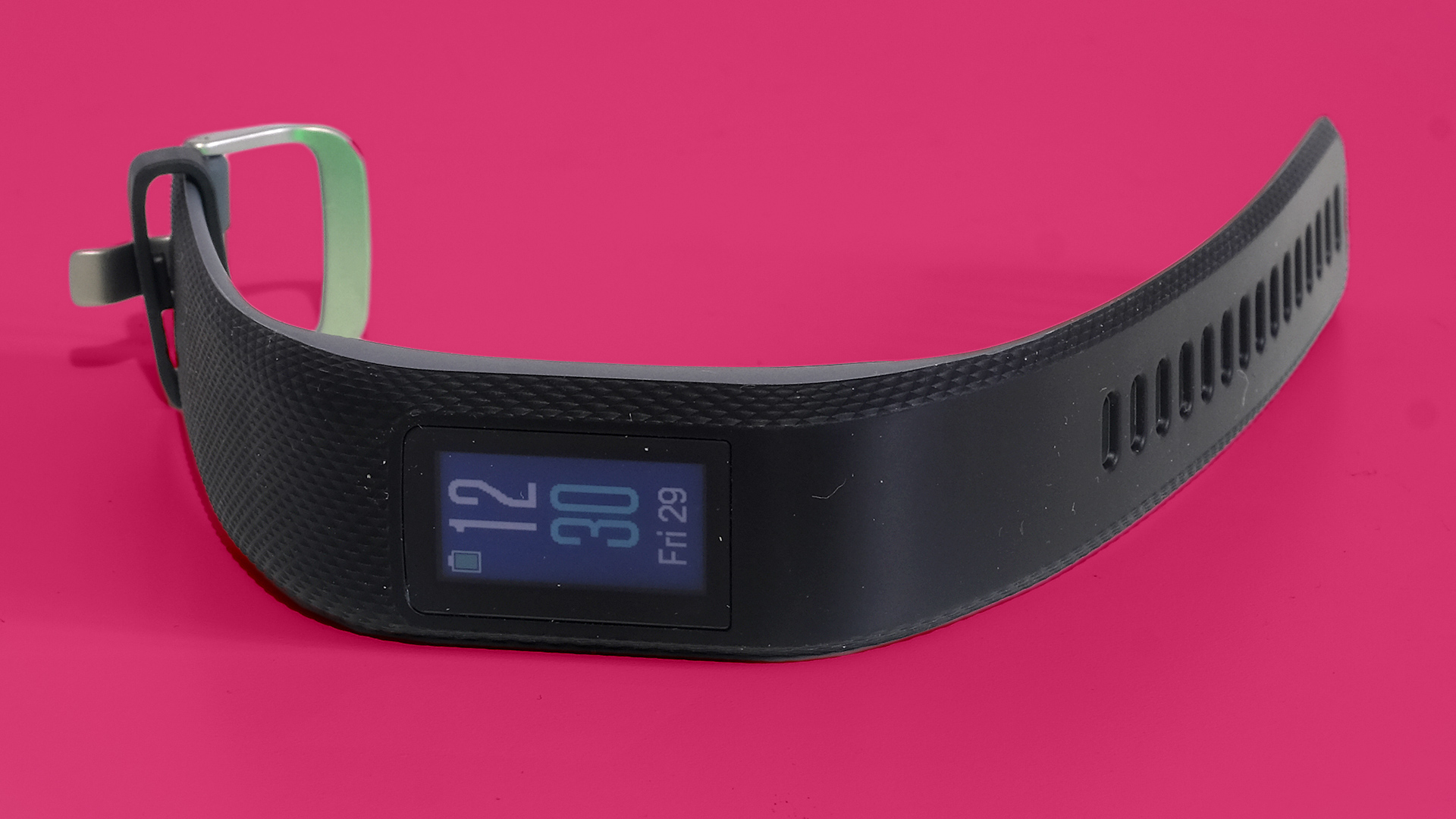
Our favorite, just displaying an image barely uses any power, letting the Vivosport display stay “on” 24/7 without killing the battery. It also feeds off ambient light, only getting clearer as the sun gets brighter.
In a dark room, the Vivosport looks invisible until you activate the front light with a wrist flick or screen tap. This light is more powerful than in previous Vivo bands, but also has a blue tone that skews the screen distinctly.
Next to the Samsung Gear Fit 2 the display is not all that pretty, but it certainly is immensely practical.
Fitness
- Tracks a range of activities
- No swim mode despite being waterproof
- GPS and heart rate tracking generally work well
Wear the Vivosport without starting any “activities” and it’ll play the part of basic fitness tracker very well. It’ll log your steps, your sleep and the number of stairs you climb without fuss. It can also auto-log runs and longer walks (10 minutes and over) as separate entries in the companion app.
However, the upgrade to the Vivosport is all about the activity menu you get to by long-pressing on the clock face. This takes you to the series of different sports the band supports.
The most important are cycling, running and walking/hiking. There are also gym modes, but the only one that records interesting data beyond your heart rate is the rep counter, for the weight lifters and star jumpers out there.
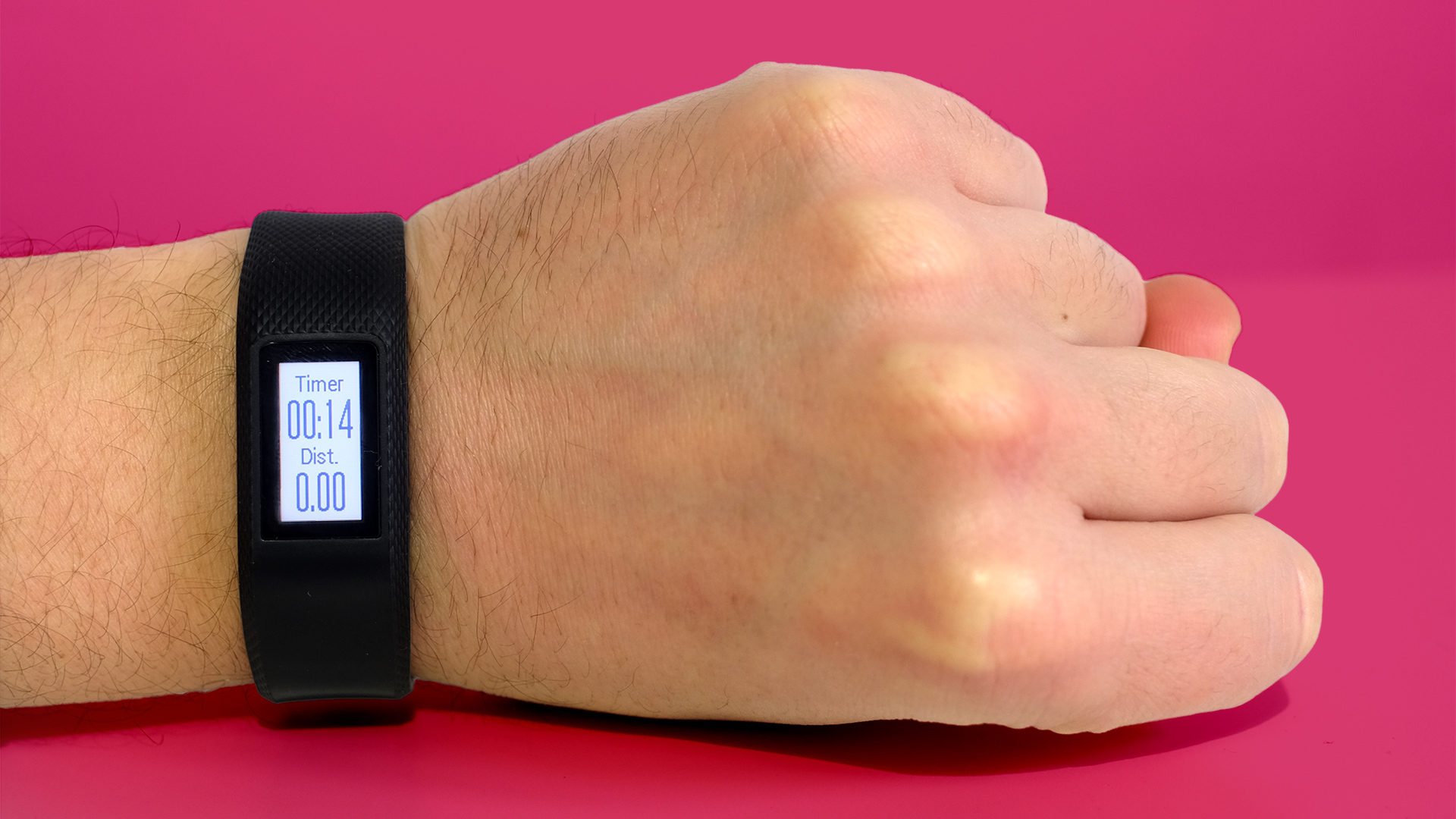
There’s one glaring omission, swimming. While the band is water resistant to 50m, there are no modes to count your lengths.
We tried the Vivosport in a local swimming pool using one of the general indoor exercise tracking modes. It had a pretty ropey go at recording heart rate figures under water, but that’s all you get.
Performance is much better if you stick with its fortes, running and walking/hiking. You’ll get fully mapped routes of your runs that are, for the most part, very accurate.
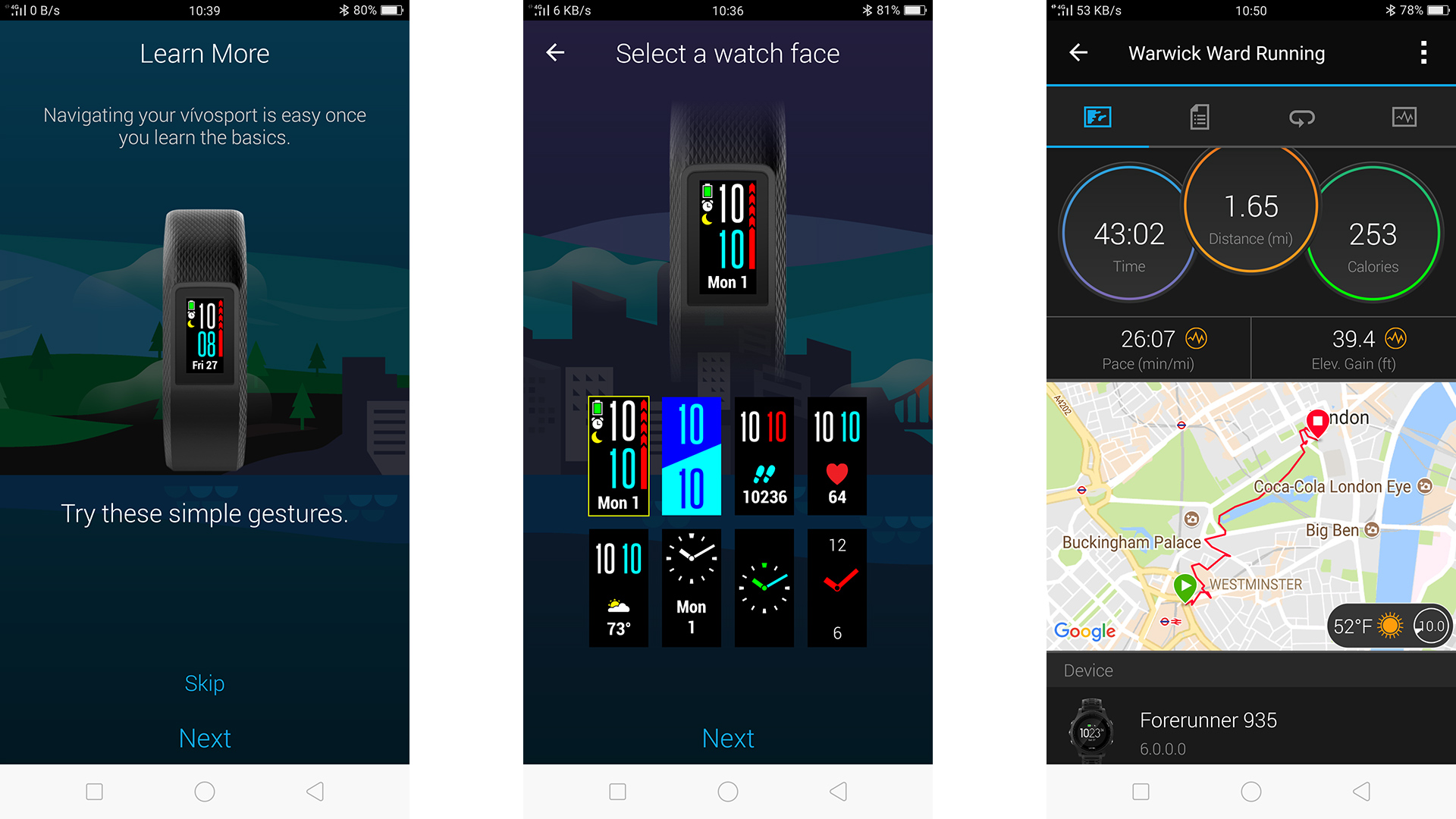
We tested the Vivosport during several outdoor walks and jogs, and the only time the resulting map was wrong was when we forgot to stop the activity after returning home.
It then appeared as though an angry toddler had filled in the area around our flat with crayon, likely the result of the Vivosport desperately trying to needlessly fill in the route as it begged for scraps of GPS signal indoors.
Speaking of GPS, it's generally very good. But on first starting with the band, it seemed the Vivosport’s GPS was a little problematic, due to lock-on speed rather than accuracy.
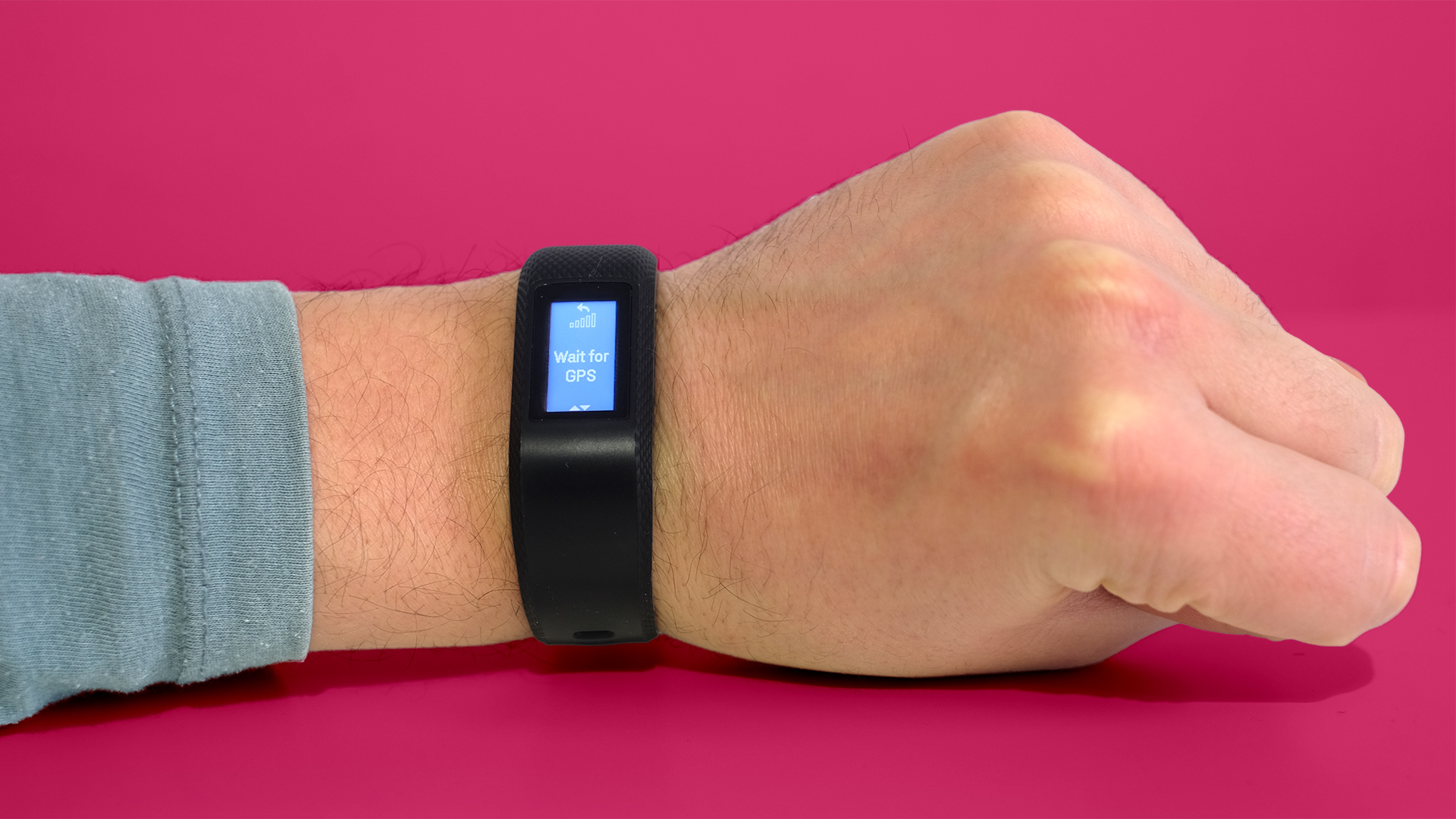
The first triangulation took almost five minutes, which is unusually lengthy. The second then took just under a minute: too long for a second stab. However, since then the Vivosport seems to have bedded in to its home, rarely taking more than a few seconds to triangulate position.
The Vivosport’s heart rate sensor uses Garmin’s Elevate hardware, which takes readings every second when monitoring heart rate (this is very frequent, if that’s not obvious).
This has since been augmented by abnormal heart rate readings, where you'll be alerted if you go over a certain threshold at rest. This is set to 100 bpm by default, but if you're know you're a little 'beaty' you can alter this.
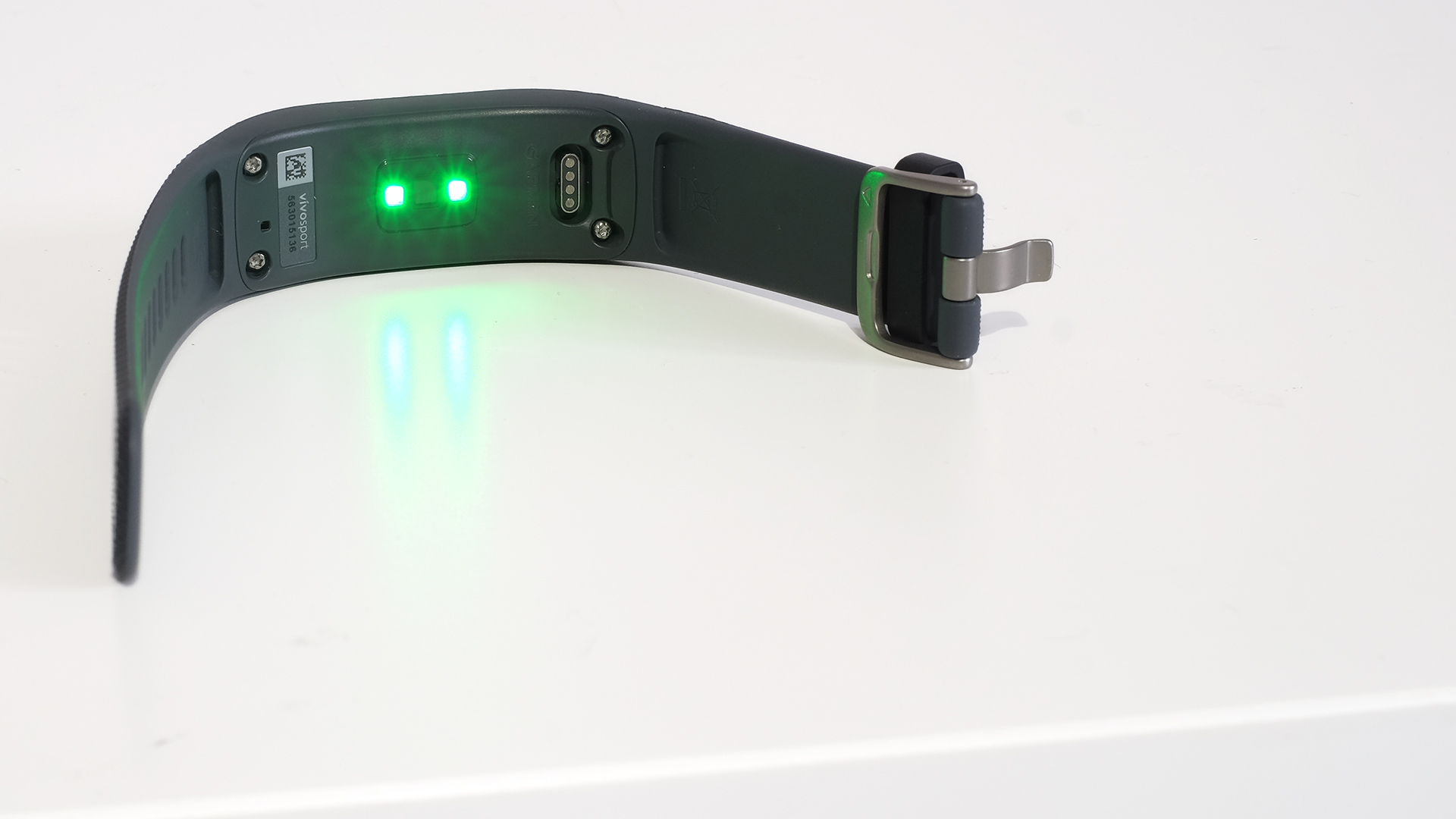
On the treadmill the sensor’s results seem fairly good, if a few beats per minute higher than the readings of the electrical sensors of a high-end treadmill much of the time.
It responded reasonably well to interval training, noting the drop in heart rate fairly well, and picking up the subsequent increase in heart rate almost immediately.
This isn’t a chest strap-beater, but it will do the job. And the Vivosport is much better at 24/7 resting rate tracking than most slim fitness bands.
Battery life
- Lasts around 3.5 days of mixed use
- Easy to charge
Garmin’s official line on the Vivosport is that it’ll last for up to seven days as a standard fitness tracker, or for eight hours of GPS. This is actually similar to the longevity of Garmin’s entry-level runner’s watches. And it’s enough to track a marathon. Or two, if you’re fast.
We’ve obviously been using the Vivosport in a more realistic “mixed” way, as both a watch and a GPS run/walk tracker.
With around an hour of GPS tracking a day, the battery lasted around 3.5 days. This is roughly in line with Garmin’s own claims. If you run, say, 5km 2-3 times a week, and don’t track any walks besides, you should be able to get the Vivosport to last most of that week between recharges.
When the time comes, all you need to do is plug the supplied cable into a little port on the back to replenish the battery.
Interface and app
- Simple interface
- Supports phone notifications
- Stat-packed app
The Vivosport is pretty easy to use once you learn the couple of gestures on which navigation relies. A primer: a long press for the activity menu, then the occasional double tap to stop activities. This double tap is the one part we’ve found a bit fiddly.
Sometimes the screen just doesn’t seem to register double taps, forcing you to try again repeatedly at the end of a run. This aside, the touchscreen and interface feel very responsive for a low-power fitness tracker.
The home screens above and below the clock face are quick to flick through, making the Vivosport fairly fun to use day-to-day.
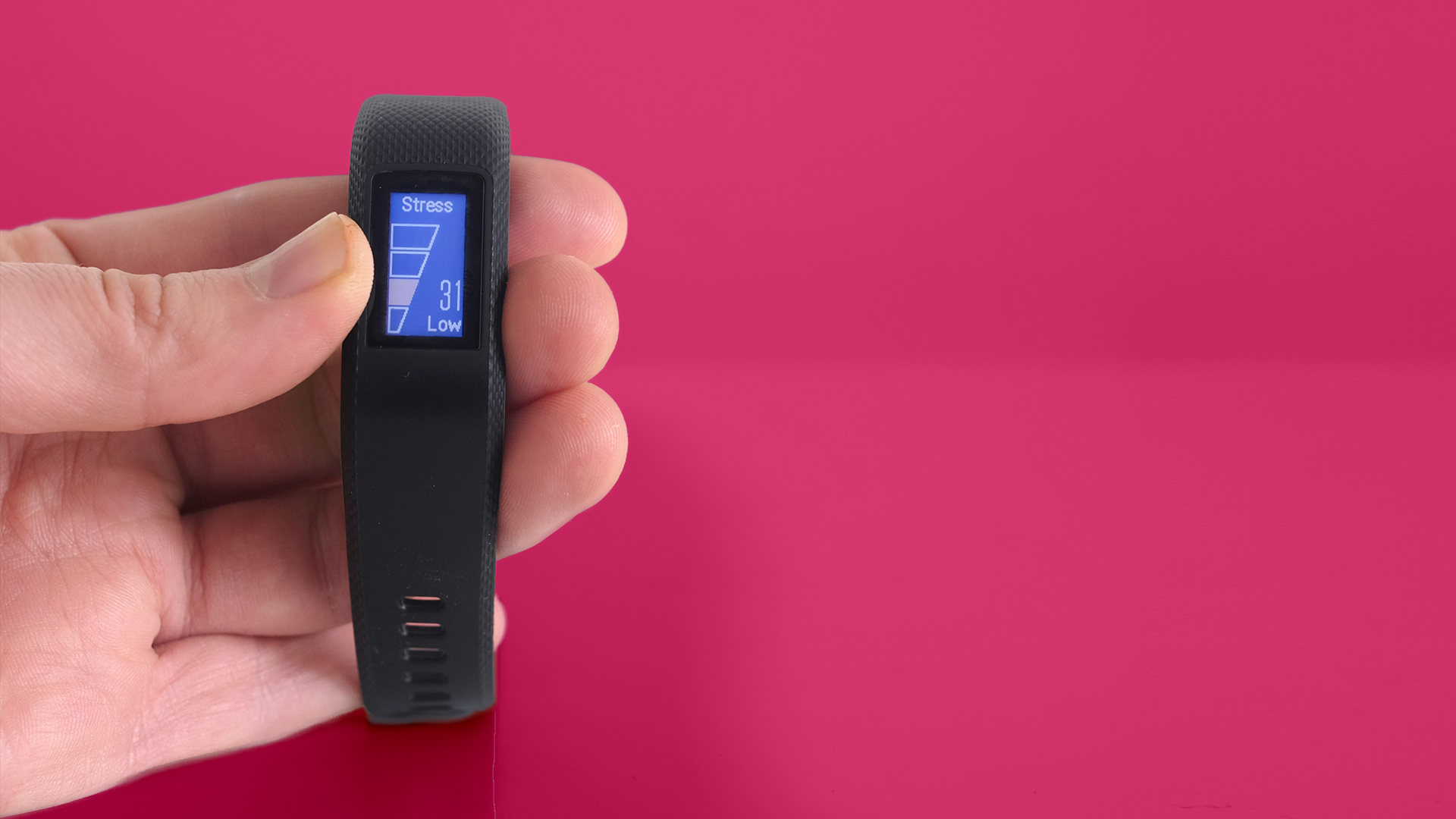
These extra home screens show you your daily steps/activity level, your heart rate and your stress level, judged by measuring heart rate variability. They also offer what small smartwatch capability the Vivosport has.
The stress reporting is something we found a bit, well, stressful when reviewing it on the Garmin Forerunner 935 - it doesn't just drop with a moment's relaxation, rather showing when things are getting harder and bringing the need to drop your stressful situations a little.
It's more a prompt than something you can do about in the short term - but that feels pretty comprehensive as an idea.
You can get a weather report, control your phone’s music and receive phone notifications. This includes ones from apps like WhatsApp as well as just calls and texts.
We’ve found the watch/phone connection less reliable than the Vivoactive 3 or an Android Wear watch. And you can’t read long messages or email excerpts. But it’s still an important feature less developed in some rivals, which often either only have SMS/call notifications, or none at all.
Unlike a higher-end Garmin watch you can’t fine-tune the notifications you receive, though. It’s either everything or just calls. Or nothing.
This is because the Vivosport does not use the Connect IQ software that watches like the Vivoactive 3 have. Such devices are a bit smarter and support third-party apps, where this band offers what Garmin has made, that’s it.
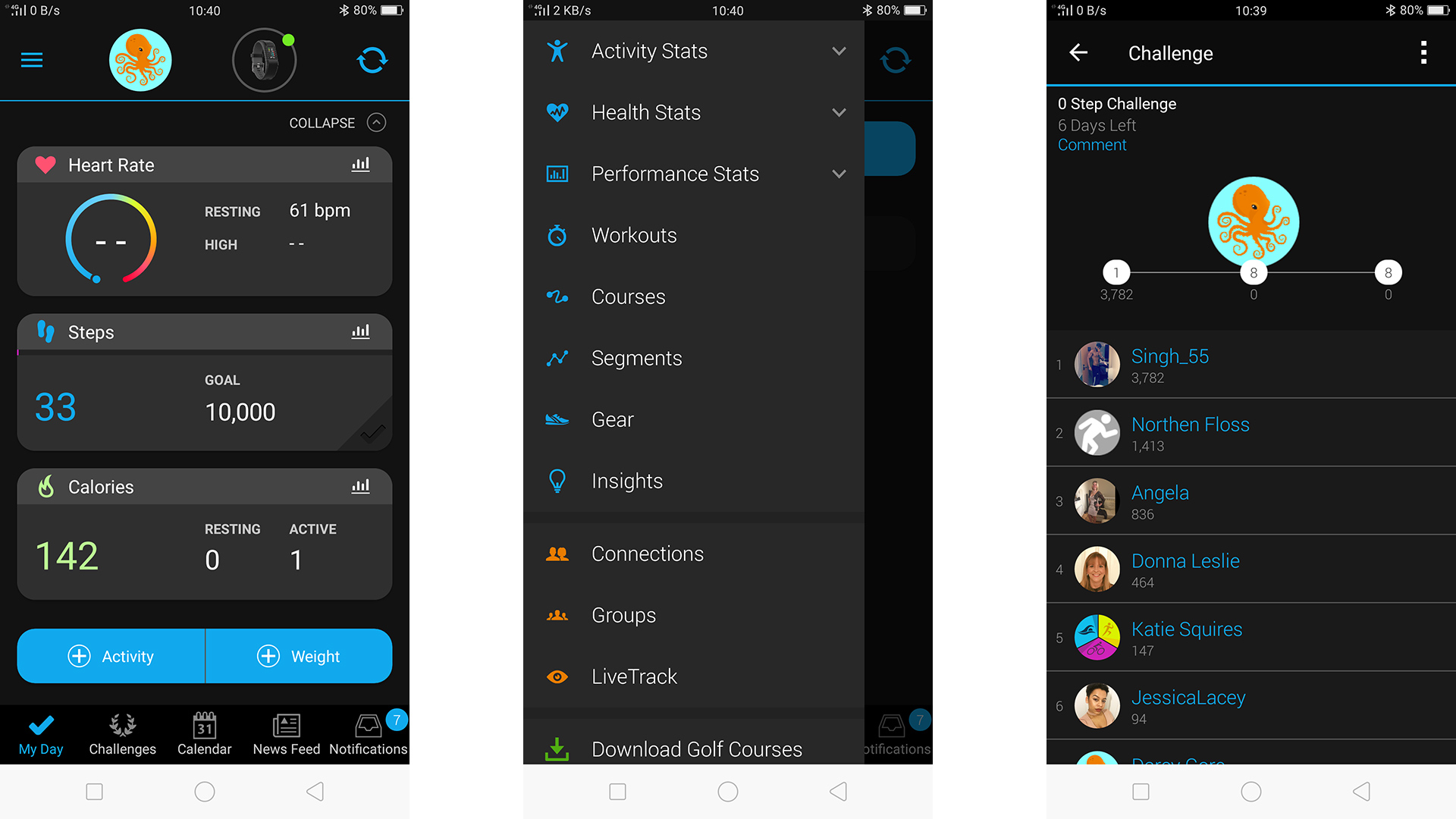
However, you do get to choose between eight watch faces, all of which can be shown in portrait or landscape.
Then there’s the app, Garmin Connect. Until recently this was just about the most unfriendly app made for “fun” fitness bands, because it was really geared towards people buying Garmin Forerunner watches. That’s a lot of people who run marathons.
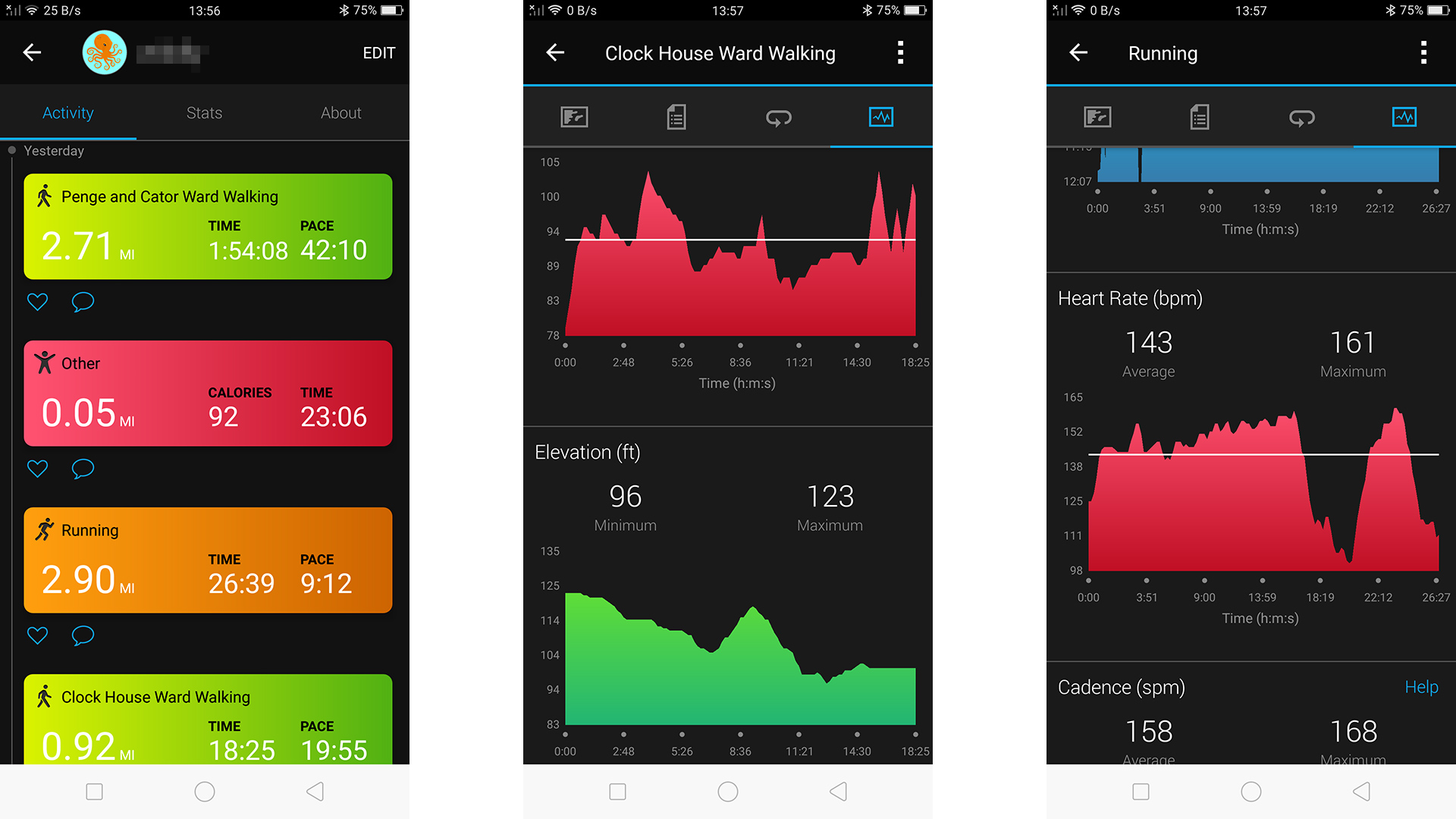
Now there’s a glossy, colorful front page to Garmin Connect that lets you avoid tripping over, and drowning in, fitness stats. It shows your daily steps, resting and high heart rate for the day and the stats from your most recent activity.
Behind this friendly veneer there are still all the stats that Garmin users love (or hate), and it’s just as intimidating as ever. Get this: Garmin Connect even has a section that lets you log your shoes to track how long they last before being binned. Madness to some, genius to others.
This isn’t Fitbit, but it isn’t meant to be either.
Verdict
The Garmin Vivosport isn’t the prettiest fitness band. It’s not the smartest either. Or the cheapest. However, it is one of the smallest, making it most convenient for those who want GPS runner’s watch chops without the bulk.
Who's this for?
The Vivosport is for people who want a tracker that looks like a simple Fitbit-style tracker band, but is actually a full GPS tracker.
This is one of the smallest devices that can provide you with data deep or reliable enough to improve marathon training. If you let stats inform your motivation or technique, at any rate.
Should you buy it?
If you find a deal on the older Vivoactive HR or the Vivoactive 3, they are more interesting devices. They support more activities, and have slightly better smart features.
However, in its own class the Vivosport is one of the best options if you don’t demand a swish look. And its improvements over the Vivosmart HR, especially the color screen, are worth having.
The Garmin Vivosport is a generally strong tracker, but there are alternatives, such as the following three.
Fitbit Surge
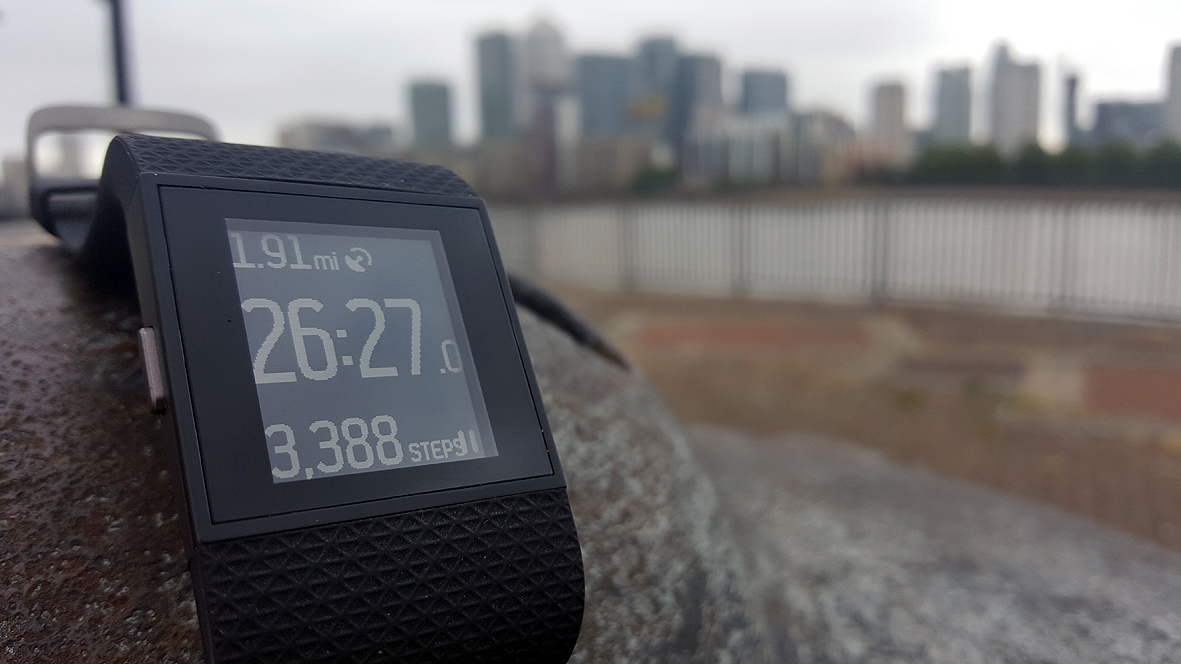
Fitbit’s line of mid-range trackers either have no GPS at all or rely on “connected GPS”, which is where the band leeches off your phone’s GPS. The entry-level option with true GPS is the Fitbit Surge.
It’s a neat watch, but looks extremely chunky next to the Vivosport. Its display is black and white too. This is one to buy if you find it on sale, but these days it’s showing its age.
Read our Fitbit Surge review
TomTom Spark 3
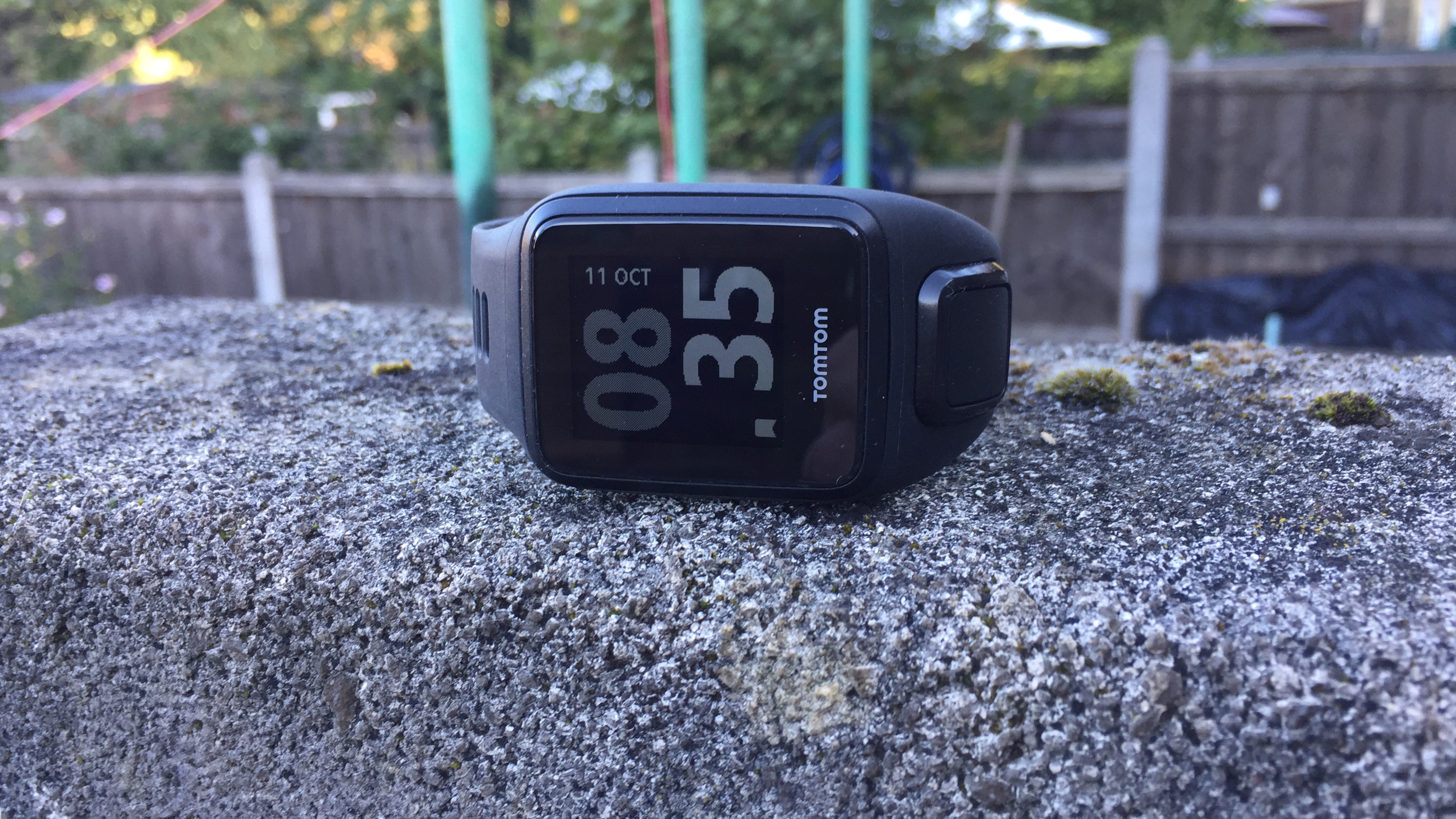
If you don’t mind switching to a larger watch-like design, the TomTom Spark 3 and its very similar sibling the TomTom Runner 3 are worth considering. It’s slightly cheaper than the Vivosport, and the top-end spec of this watch also offers local music playback.
Perhaps thanks to the larger design, battery life is a bit better. However, the Vivosport is actually smarter, supporting notifications.
Read our TomTom Spark 3 review
Samsung Gear Fit 2 Pro
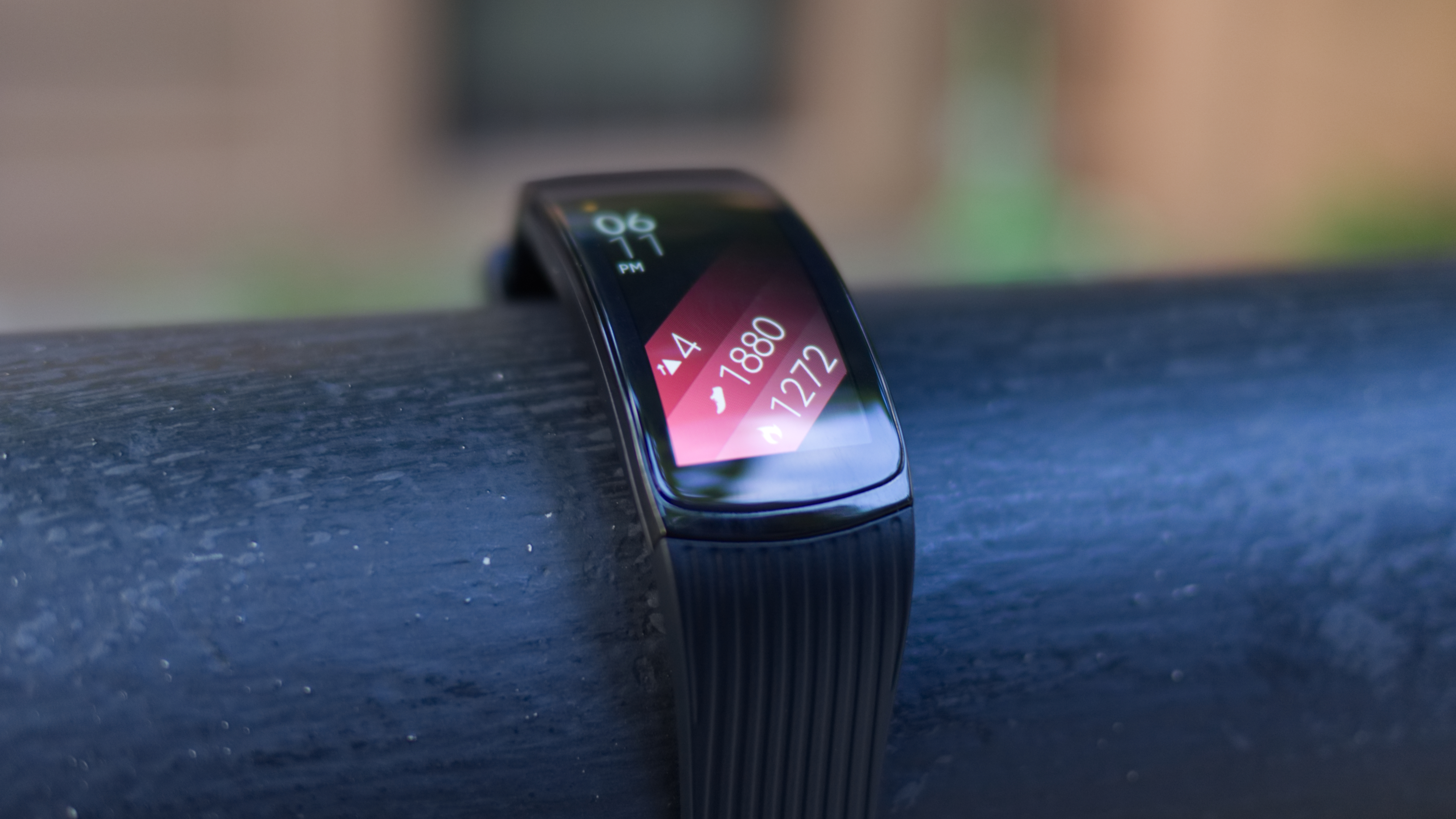
The smarter alternative to the Vivosport is the Samsung Gear Fit 2 Pro. It has apps, a much fancier AMOLED screen and a more built-up interface. And it has a proper swim tracking mode, which is welcome.
However, it’s more expensive, and notably more expensive than its predecessor the Gear Fit 2, which is also worth considering.
Read our Samsung Gear Fit 2 Pro review
First reviewed: December 2017
0 comments:
Post a Comment